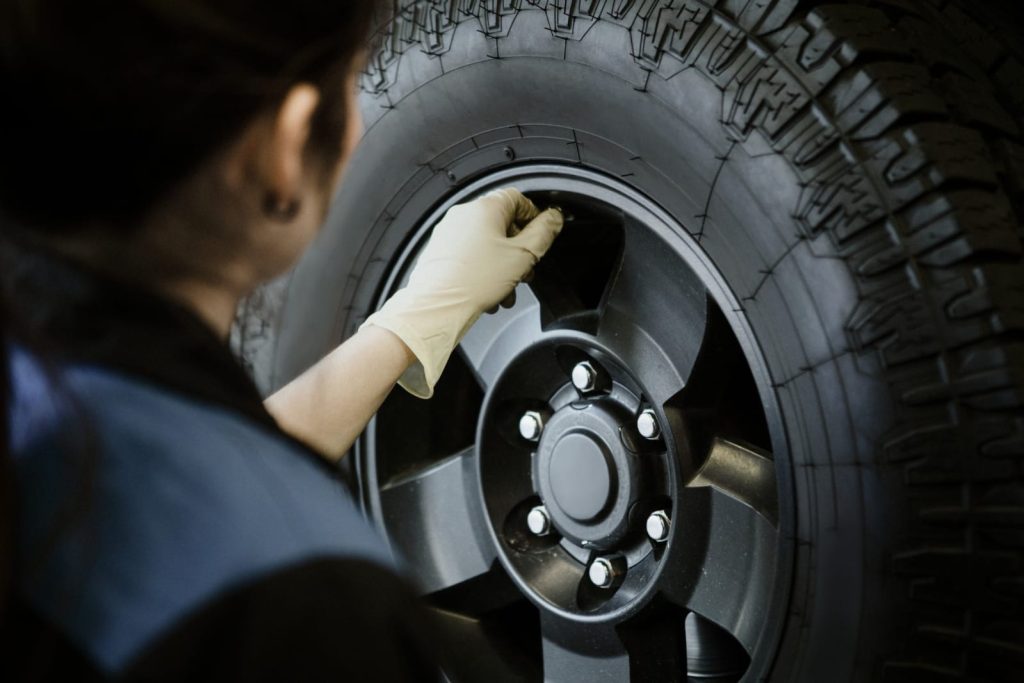3 Warning Signs Your Tires Need Replacing

Few people wake up excited to buy new tires. They’re expensive, the process feels tedious, and your current tires still look… finish. But what you should remember is that your tires are literally the only part of your car touching the road. Everything else your brakes, your steering, all those fancy safety features, they all depend on four patches of rubber about the size of your hand.
The Tread Depth Reality Check
You’ve probably heard about the penny test. Flip a penny upside down, stick it in your tire tread, and if you can see all of Lincoln’s head, you’re in trouble. That’s the textbook answer.
But here’s what they don’t tell you: waiting until you fail the penny test means you’ve already been driving on dangerous tires for weeks. Most experts actually recommend replacing tires at 4/32 of an inch, not the legal minimum of 2/32.
Your stopping distance can increase by over 100 feet on wet roads with worn tires. That’s the length of three school buses. So, when you see worn tread and think “I’ll get to it next month,” you’re gambling every time it rains. The last thing you want is an impromptu, emergency appointment with a shop specializing in auto repair in Sunnyvale, CA.
Your Tires Are Trying to Tell You Something
Pay attention to what you feel through your steering wheel. Weird vibrations? A shimmy that wasn’t there before? Is your car pulling to one side?
These aren’t just annoying quirks to live with. They’re your tires waving red flags.
Vibrations often mean:
- Internal tire damage you can’t see
- A belt separation is happening inside the tire
- Balance or alignment issues that’ll destroy your next set, too
Here’s the expensive truth: if your alignment is off by just a fraction, you could wear through a $600 set of tires in 15,000 miles instead of 50,000. You’re essentially throwing money onto the highway, one mile at a time.
And that pulling sensation? It’s not just making you work harder to keep the car straight. It’s wearing your tires unevenly, meaning you’ll replace them sooner than you should. It’s also burning extra fuel. And making your car less safe in an emergency maneuver.
Look at Your Sidewalls Like You Mean It
Most people only look at the tread. Big mistake. Get down and actually examine your tire sidewalls, that’s the smooth part facing outward. You’re looking for anything that seems off. Cracks that look like spider webs. Cuts. Bulges that look like little bubbles pushing through. Any discoloration or weathering that seems excessive.
The rubber in your tires doesn’t last forever, even if you barely drive. UV rays, temperature swings, and just plain time break down the compounds. After about six years, tires start deteriorating from the inside out, whether they look good or not.
Here’s something most drivers don’t know: you can find out exactly how old your tires are. Look for the DOT code on the sidewall, the last four digits tell you the week and year they were manufactured. If those numbers read “2218,” your tires were made in the 22nd week of 2018.





